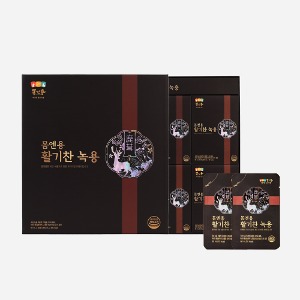Eat Well Live Well
View Moreto enjoy a healthy life with the perfect fit for your body
Momnyoung is a domestic deer antlers company that promotes the excellence of deer ( antlers) and develops various products
It's transforming the infinite possibilities of deer antlers into reality.
The Story of Korean deer antlers
The variety of Korean antlers
Listen to the story
Best Product
All Product
- Premium
- Best
- Children
- Healthy Snacks
- everUP
-
Product Name : Mien Yong
- Overview : Deer antler with pomegranate for women
Contains red ginseng, pomegranate/fruit concentrate

- Overview : Deer antler with pomegranate for women
-
Product Name : for strength
- Overview : The highest content of antlers in our product is 83%
Contains red ginseng, arginine, and amino acid mixture system

- Overview : The highest content of antlers in our product is 83%
-
Product Name : antiseptic tablet
- Overview : The highest content of antlers in our product is 83%
Contains red ginseng, arginine, and amino acid mixture system

- Overview : The highest content of antlers in our product is 83%
-
Product Name : Agarwood&YOUNG
- Overview : Deer antlers, red ginseng, and amethyst meet
Absorption rate UP with ultra-fine red ginseng powder

- Overview : Deer antlers, red ginseng, and amethyst meet
-
Product Name : After green for women
- Overview : Antler to take care of women's health
Contains lactic acid bacteria, zinc, Ecklonia cava, theanine, chemomile, omija, cornflower oil

- Overview : Antler to take care of women's health
-
Product Name : green dragon for men
- Overview : antler for men's vitality
Contains lactobacillus, zinc, red ginseng, guarana, arginine, taurine, hutgae

- Overview : antler for men's vitality
-
Product Name : Deer antler collagen jelly
- Overview : Deer antler-enriched collagen
Contains low molecular weight collagen, domestic honey, red ginseng, and Ssanghwa

- Overview : Deer antler-enriched collagen
-
Product Name : Ssanghwa deer antler
- Overview : Korean deer antler with traditional Ssanghwa
Contains Ssanghwa, Jujube, and Apple Concentrate

- Overview : Korean deer antler with traditional Ssanghwa
-
Product Name : health antler
- Overview : Domestic deer antler with ginger
Contains Ssanghwa, dry ginger, and apple concentrate

- Overview : Domestic deer antler with ginger
-
Product Name : [2+1] Morning rust.
- Overview : Antler that wakes me up for a refreshing morning
Red ginseng, Heotgae content

- Overview : Antler that wakes me up for a refreshing morning
-
-
-
Product Name : strength
- Overview : Replenish energy with thick antler red ginseng stick
Passing gift recommendation

- Overview : Replenish energy with thick antler red ginseng stick
-
Product Name : [3+1] Gien Yong.
- Overview : Deer antler with a smooth throat
Contains red ginseng, octacosanol, arginine, amino acid mixture

- Overview : Deer antler with a smooth throat
-
Product Name : lively antler
- Overview : Strong cost-effectiveness, only 100% domestic raw materials
Home shopping broadcasting products

- Overview : Strong cost-effectiveness, only 100% domestic raw materials


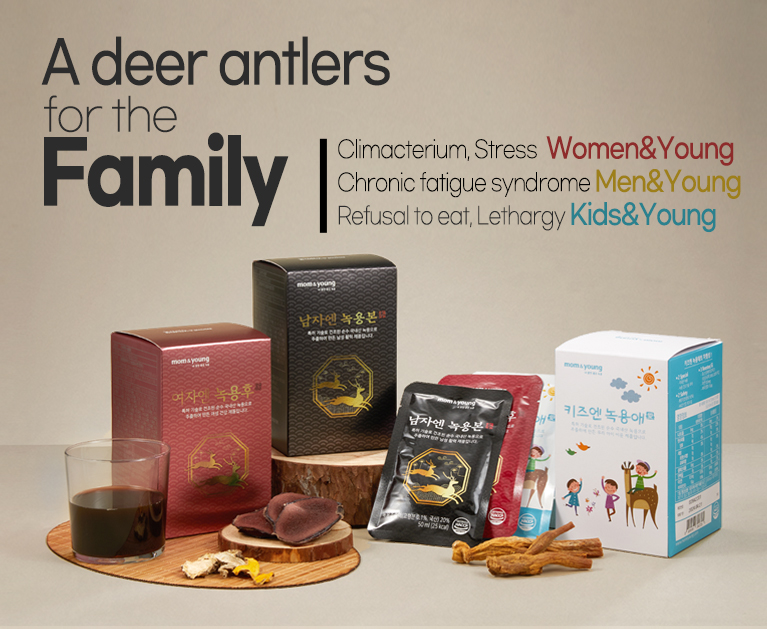




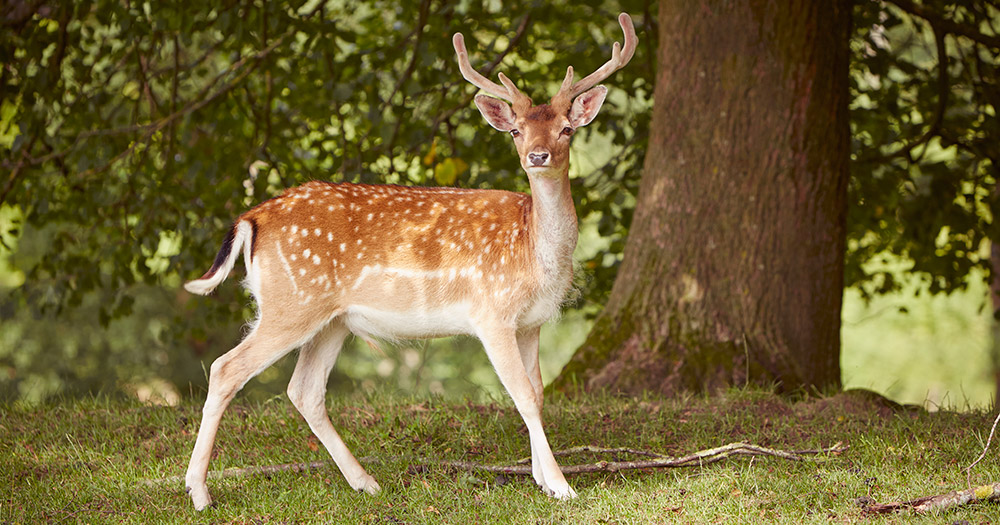
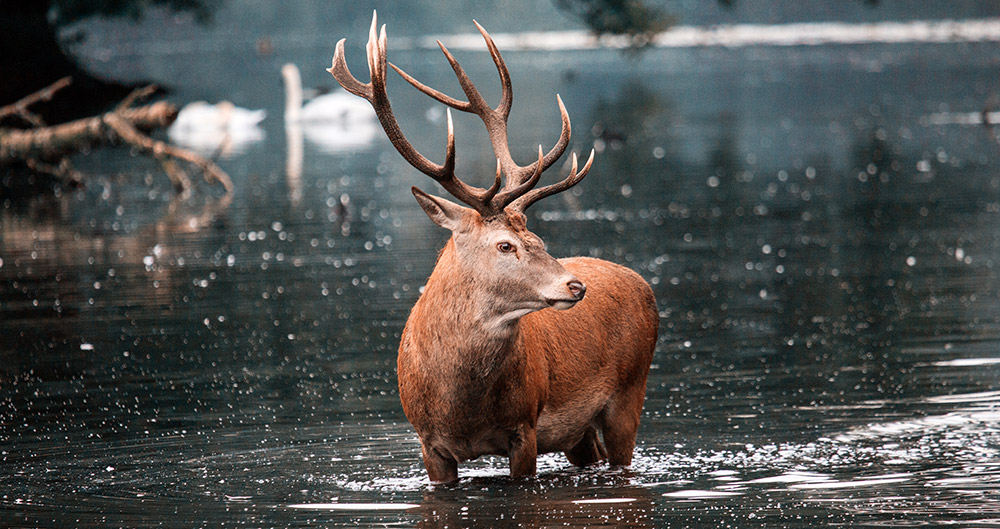
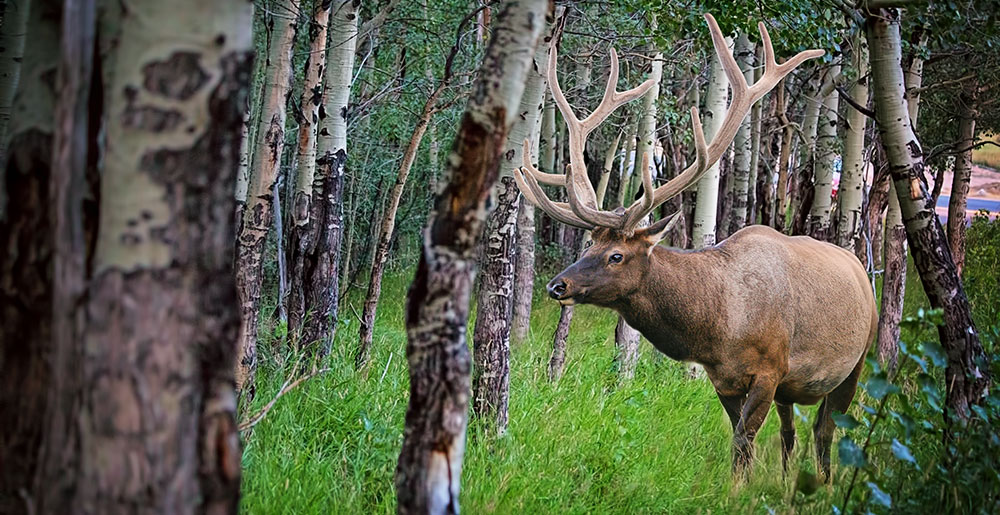
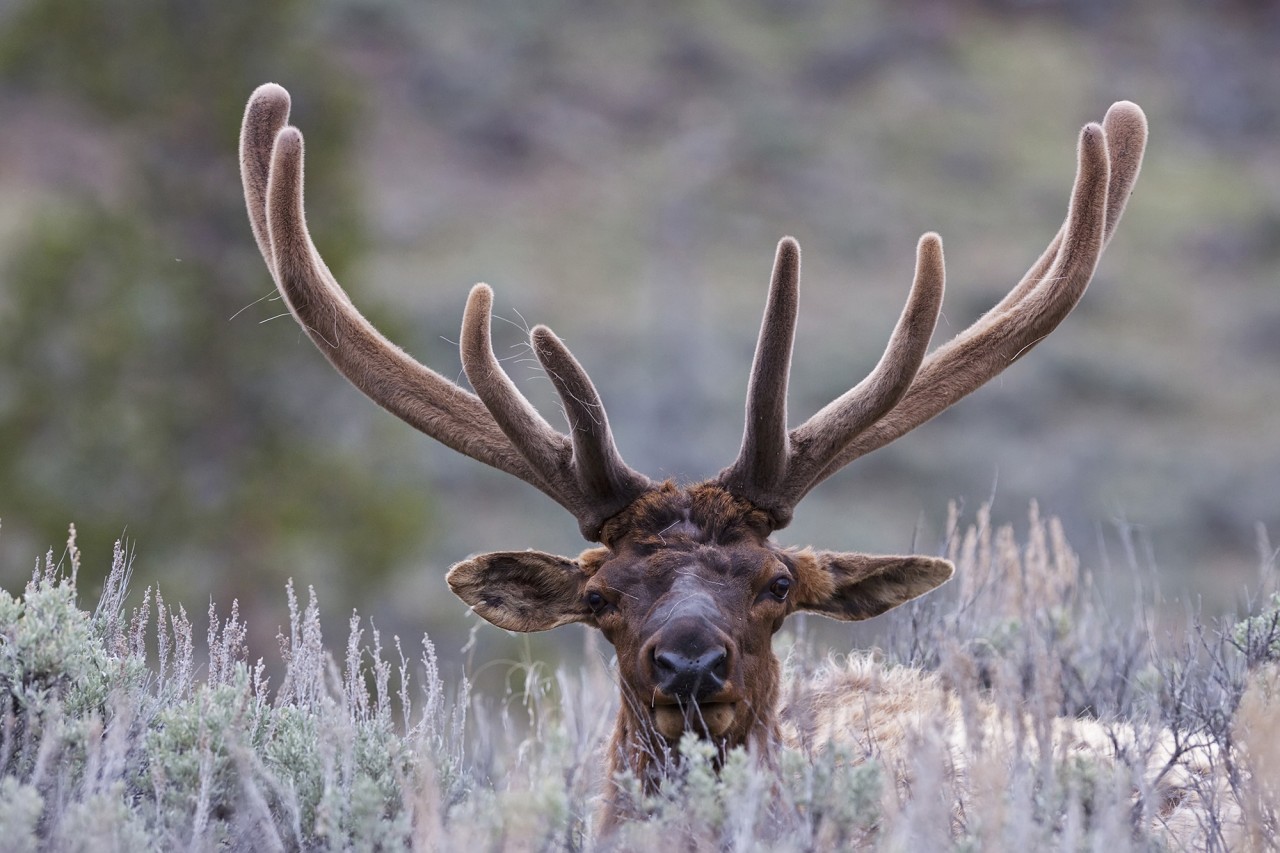

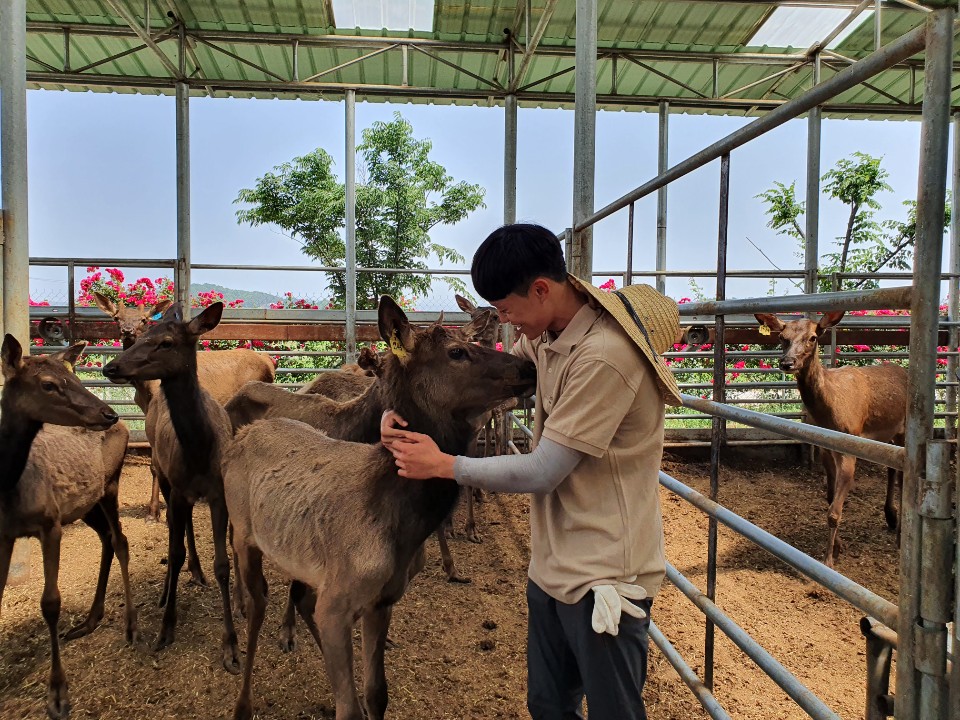


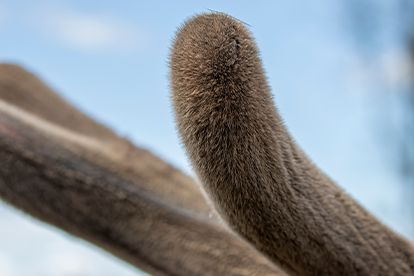
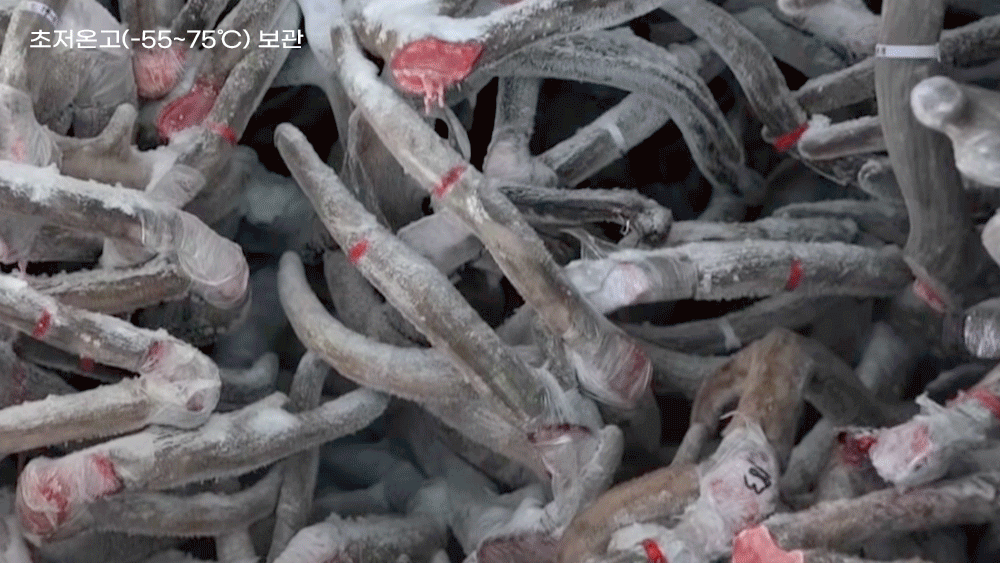

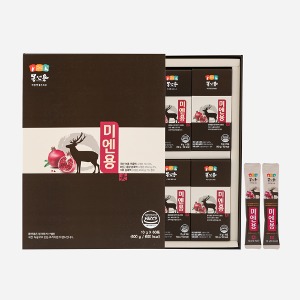

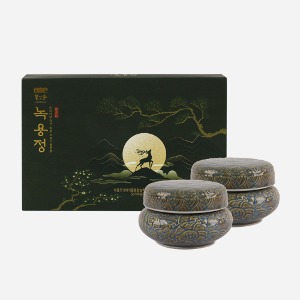

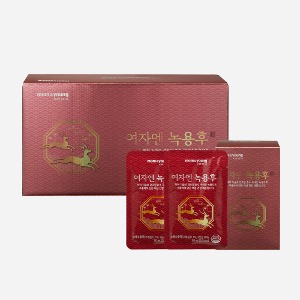
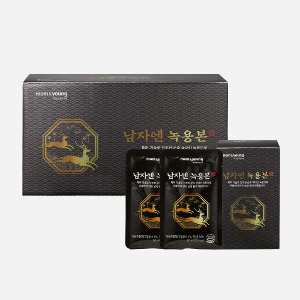
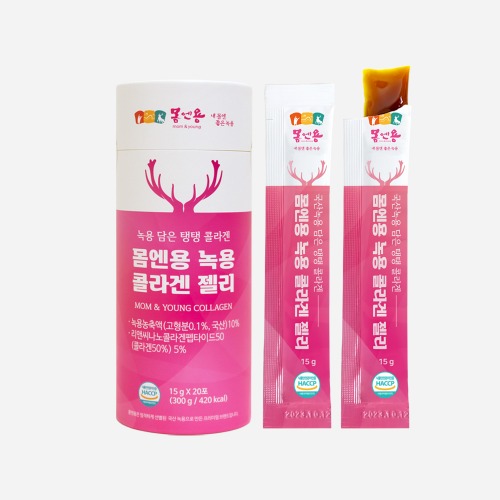
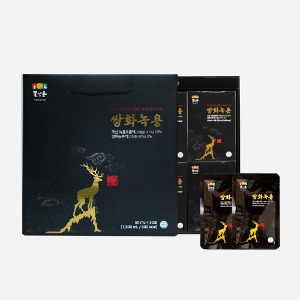

![[2+1] Morning rust.](http://en.momnyoung.com/web/product/medium/202305/19ce97b69d98106f0f278be428ca7e7d.jpg)
![[1+1] For one day.](http://en.momnyoung.com/web/product/medium/202305/7ccefa87238d8d8a128bf57dee473fd2.jpg)
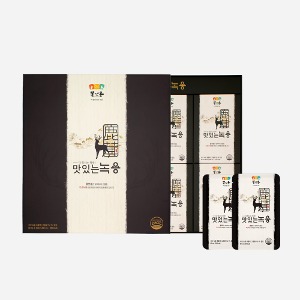
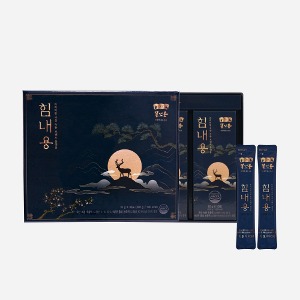
![[3+1] Gien Yong.](http://en.momnyoung.com/web/product/medium/202404/42c6448f71a187251716fb52f481170b.jpg)
